Curbside Classic: 1976 Toyota Corolla Liftback

Despite the fact that I’m not superstitious or religious, I’ve learned to gracefully accept that certain things seem to happen as if a bigger hand were at work; as though some things were preordained. One year ago exactly, I stumbled on this old Cadillac (actually a ’72, it turns out), and it inspired my first Curbside Classic. It started out about the year I turned eighteen and left home, and hitched a ride in one just like it. But it ended up as a rambling reflection on the fall of Cadillac, the economic circumstances of 1971, and how they’ve changed since then. One year and a hundred Curbside Classics later, I decided to revisit the old DeVille, to see what it might have to say to me now, and to indulge in some more musings. And what has taken up residence with it? A 1976 Toyota Corolla. A mere coincidence, of course. But one that is mighty pregnant with symbolism.
Let’s get the personal story out of the way first. These two cars perfectly mark two significant transitions in my life. I hitched off into the sunset (a blizzard, actually) as an optimistic eighteen year old in the comforting bosom of the big Caddy. And I spent the next five years in the self-indulgent wilderness of callow youth, following every whim and scent of a pretty girl. In 1976, in an act that reflected the times on numerous levels, my then-GF’s Mom sold her house, traded in her big-block 1969 Plymouth Fury for a 1976 Corolla, and drove off to California. Duly inspired, I followed a few months later. Her Corolla became a symbol for shedding off the old, and for the bright future that Japanese-car-crazy California represented.
I’m not going to talk much about this actual Corolla, having mostly exhausted the subject in several chapters a few years back. And we’ll come back to revisit some of the innumerable vintage Corollas here. Let’s just say it was the finest shit box ever made, and the perfect yin to the Caddy’s yang. My heart-felt memories of the Corolla’s influential role in my life and its surprising ability to warp the time-space continuum can be found here. My celebration of the Corolla’s remarkable history on the occasion of its fortieth birthday is here. And my less than enthusiastic review of the current Corolla is here. So what more can this old Toyota get me to say?
Times stands still for no car. Or person. Or state, or country. It’s easy to fall back on the memories of how it used to be, when California and Toyota were the hot new thing, the trend makers, the bright promise for the future. In 1976, their star was on the rise. And there was no more greater moment in time when California seemed like it was truly above the fray, invincible to the powers of economic turmoil and destruction than in 1981, when the rest of the country was ravaged by the worst recession since the Depression.
That nasty event made the term “Rust Belt” ubiquitous. The traditional manufacturing heartland of upper mid-west America had its heart ripped out, and started a decline in Detroit that now has that city planning on razing hundreds of its acres of abandoned neighborhoods and turning them back to farm land.
But California was unfazed by that recession, fed by the aerospace and defense industries thanks to Reagan’s military spending boom and the growth of the entertainment industry and Silicon Valley. Moving to California and trading in your tired Detroit iron on a Toyota were the smart thing to do. And hundreds of thousands did just that, every year.
The old saying is, as goes California, so goes the rest of the country. And despite the protestations from many, it’s been all too true. Everyone sips lattes now, even if it is at MacDonalds. Gays were once a San Francisco thing. Organic fresh food was something hippies ate. And Toyotas were what those those wacky Californians drove. And now take a look at ourselves, in the vanity mirror of our Camry, Highlander or Tundra. We’re all Californians now, whether we like it or not.
Or should I say for better or for worse? California is in crisis, ungovernable and practically bankrupt. Does that sound a little too familiar? And how is Toyota faring these days? Well, at least they’re not in a total state of denial. But just as California will never again be the promised land and the last frontier, so will Toyota never again be the rising new star.
It’s a remarkable change in a few decades’ time. In the eighties, California and Japan were the Pacific Rim tigers, brimming with self confidence. I can’t fully explain California’s woes here, but what about Toyota’s? Did they become the new GM? Has this Corolla joined the old Caddy in the brotherhood of past faded glories? Are they the poster children of hubris and over-expansion? Is it the invisible hand that set up Toyota for the fall just after they succeeded GM as the world’s largest auto manufacturer? And what car will be there with them a year from now?
Cadillac earned the title “The Standard Of The World” because it pioneered precision manufacturing, allowing any component to be interchanged. That was radical and unheard of in 1903. But the real meaning of that slogan was long forgotten in 1971.This DeVille marked the final turning point in Cadillac’s and GM’s trajectory. By 1976, Toyota was earning the title of the most reliable affordable little car in the world with the Corolla. By 2007 its double cab Tundra would cast quite a shadow even on the big Caddy. Is the Tundra Toyota’s 1971 DeVille?
Toyota and California have changed us beyond anything we might have imagined in 1971, when this DeVille was still the crowning glory of the land. Go ahead, those of you that want to be nostalgic for its reign. And you too, the carriers of the Toyota flame. But its not really a war anymore; cultural, automotive, economic or otherwise. It’s now well beyond winners or losers; everyone has already lost. Toyota has fallen from its pedestal, and perhaps in some ways for the better. And it started before the UA fad. And so has California; hell, they’ve even forgotten how to drive and control a car there. Not to mention their state. What’s that old saying about California again?
The recent NHTSA data dives have convinced me of one thing: GM’s consistently low UA rate is not a fluke. Nor is Toyota’s relatively high one. At the risk of sounding like a Congressman, why don’t the two of you exchange phone numbers and set up a little pow-wow on the subject? GM owes Toyota a favor anyway, having been invited into their secret house of just-in-time manufacturing via NUMMI twenty five years ago. And wouldn’t that make an awesome and symbolic photo-op?
Predicting the future is a folly. Perhaps Toyota and California will both figure out how what’s out of control, and fix it. A constitutional convention and a reboot button on the dash, perhaps. Or is UA just a societal symptom of our inability to manage our runaway government deficits? Or perhaps a handy distraction from them.
Here’s the scoop on these two Curbside Classics: the owner of both of them picked up the Corolla because the old Caddy isn’t that great for running errands. But he’s emotionally attached to it and keeps it going. But if the Toyota craps out, it’s history. And what will take its place? See you next March 10th.

More by Paul Niedermeyer
Latest Car Reviews
Read moreLatest Product Reviews
Read moreRecent Comments
- Daniel China can absolutely make quality products when contracted at the right prices or their car companies trying to compete. However, I doubt any of their nearly 100 EV companies would even want to try to break into the US market with a 25% tariff (Polestar pays this) and the huge service and support network needed other than *maaaaybe* BYD eventually and only then if they end up using their upcoming plant in Mexico for not just Latin America, but decide to try the US market without the tariffs. They def would need to have excellent quality and support to be taken seriously, we'll see!
- VoGhost I know one commenter who would love to live in Kia towers.
- VoGhost Matt, do us all a favor, will you? Since you love the term 'EV mandate' so much, could you please point to a single country or state that has mandated that consumers buy an EV? At any point in time - historical or the future. Just one, Matt. Just a single place where the term 'EV mandate' is even close to being true.
- VoGhost Just so we all have this correct, you're saying that the red states that refuse to educate their children or fund healthcare for their citizens also want them to die earlier from fossil fuel pollution? OK. I see. Makes the decision in November a little more stark.
- Golden2husky The image that sustainable products are second-rate is a problem that the industry has to overcome. Best way to do that is to make sure your first effort is a home run right out of the box. Michelin is the type of company that can make it happen.

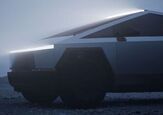
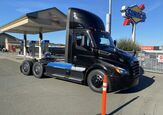

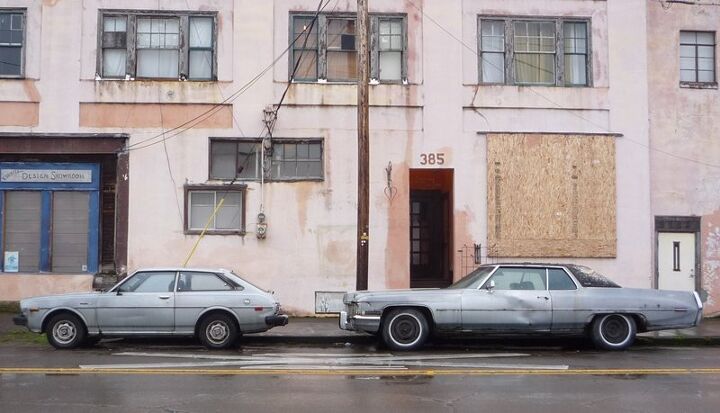


















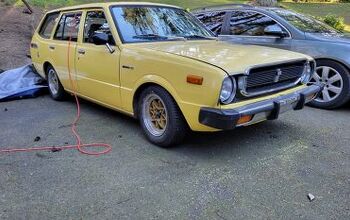

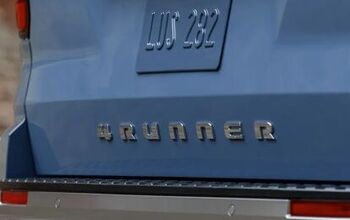

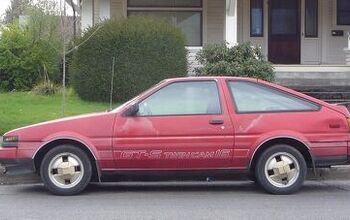


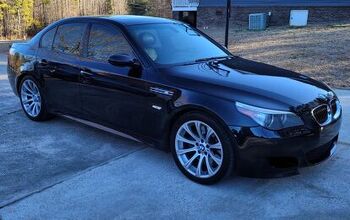
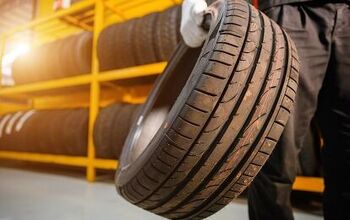
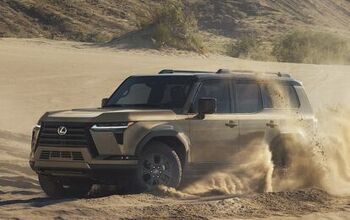
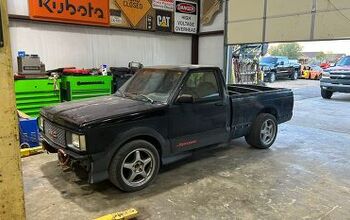
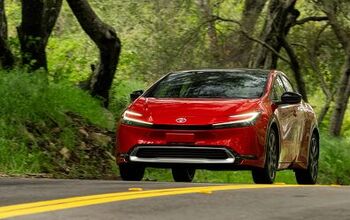
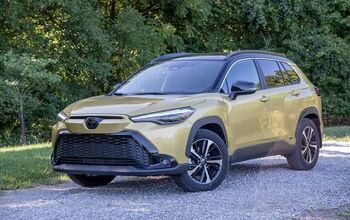
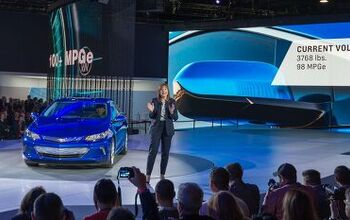



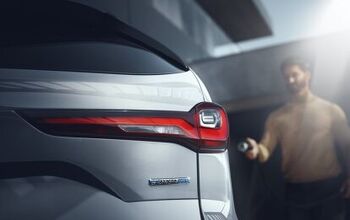
Comments
Join the conversation
I don't know if it is still true, but every GM car I've driven over the years had a gas pedal that sat noticeably further away from the driver than the brake pedal did, and the brake pedal was much wider (assuming an automatic here.) By comparison, the brake pedals on other cars I've driven have been narrower (although not as narrow as a standard transmission brake pedal) and the gas pedal was as close to the driver (more or less) as the brake pedal. Back when Audi's UA problems surfaced, I remember two things that were assumed to be contributory: the gas and brake pedals being the same distance from the driver, and the driver being relatively unfamiliar with the car. If you assume UA is (under most conditions) driver error, then something about GMs products reduce driver error, and my bet's on the gas/brake distance distance and the width of the brake pedal.
Had a yellow 78 liftback with the 1.6L 2T-C and 4 on the floor. The car was a rusted out deathtrap filled with electrical problems... A deathtrap that never failed to start even if I had to push it but still a deathtrap. I had to leave the headlights on when it was running so it wouldn't overcharge/explode the battery. I wuvved her soo much...